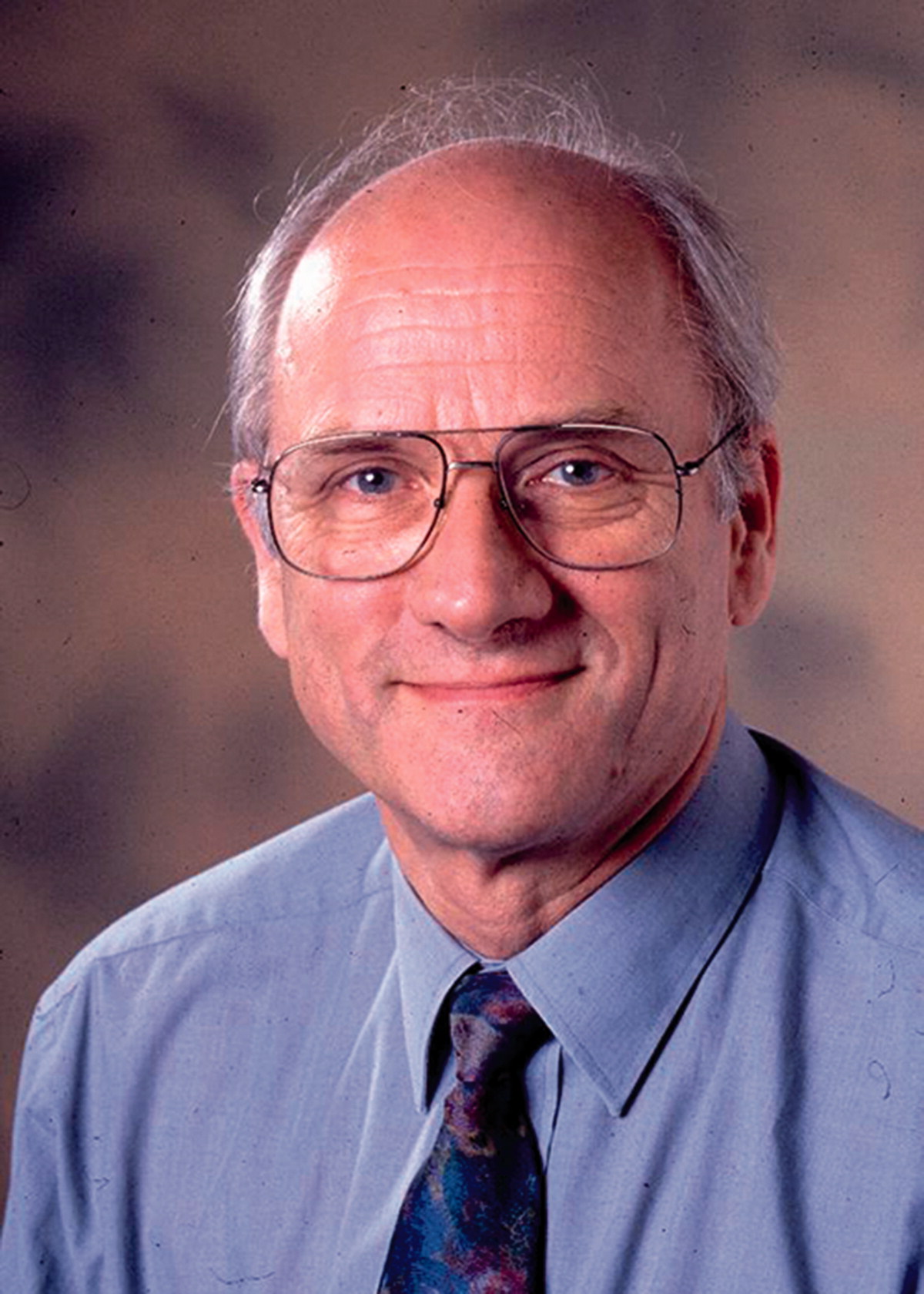Richard Antony Morton, who has died aged 84, was a pioneering medical photographer who believed in embracing both science and technology to understand, visualise and to fully document health and disease in medicine.
He was born in London, the son of Robert and Constance Morton, and attended the progressive Sherwood school in Epsom, Surrey, originally set up on the educational model pioneered by A.S. Neill.
Following this he went to the Regent Street Polytechnic graduating in general photography with further study at the London School of Medical Photography. In 1957 he joined the medical photography and illustration department at Westminster Hospital, initially as a basic photographer and rising to become deputy to the then department director, Dr Peter Hansell, Hon. FIMI.
In 1970 Richard moved north to Aberdeen University, where he was director of medical illustration at the medical school there until 1984, adapting to the different systems of university education and health board practice existing in Scotland. During this time he also completed an MSc in 1979 with a research thesis based on investigating the optimal photographic recording of endoscope clinical imaging.
The period from late 1960s to the mid 1970s was one of change for medical illustration throughout the whole of the United Kingdom. The founding of the Institute of Medical Illustrators in Scotland in 1966, and the Institute of Medical and Biological Illustration in England in 1968, brought together medical artists, graphic designers, photographers, audio-visual technologists along with a few dedicated physicians and increasing inter-collaboration of all their professional skills. Following the successful Joint International Conference in Aberdeen in September 1974 the two professional bodies joined together in early 1975 and renamed themselves as the Institute of Medical Illustrators in 1989.
The BMA journal Medical and Biological Illustration became the scientific journal for the combined profession. Richard was its editor from 1976 to 1981 with the publication then known as the Journal of Audiovisual Media in Medicine and currently now the Journal of Visual Communication in Medicine.
He was a prolific scientific writer and also edited the second edition of Photography for the Scientist (1984), co-authored A Colour Atlas of Cardio-pulmonary Resuscitation Techniques (1986), contributed to The Management of Collections of Photographic Images (1992) and to more than 25 medical scientific papers.
In 1993 Richard became professor and departmental director at the University of Wales College of Medicine. Between the Aberdeen and Cardiff appointments he ran the Graves Medical Audiovisual Library from 1984−1993 and set up their National Medical Slide Bank.
Long associated with and a great supporter of the Institute Richard was honoured with the Norman K Harrison medal in 1980 and made an IMI Honorary Fellow in 1992. Earlier he qualified as a Fellow of the Royal Photographic Society in 1967 and awarded their Combined Royal Colleges Medal in 1987. In North America he was elected a Fellow of the Biological Photographic Association, now called the BioCommunicatons Association in 1984, was a British Council Tutor in Zambia in 1988 and acted as a WHO Consultant on Television for the Continuing Education of Rural Doctors in China in 1989.
Earlier in life he was on the first London to Aldermaston protest march in 1958 in the very early days of CND. In retirement and living in Haddington, near Edinburgh, he served as course leader of the East Lothian University of the Third Age and founded a table tennis club for the town – which became the largest of its kind in Scotland. Diagnosed with a life-curtailing illness over eight years ago, he latterly spent many happy hours in the restoration of the beautiful Amisfield Walled Garden in Haddington.
Richard approached life with dedication to family and close friends and a quiet, and sometimes, wicked sense of humour. He is survived by his loving wife, Estelle (nee Levear), whom he married in 1960, their five children, Matthew, Sarah, Francisca, Daniel and Gregory, and seven grandchildren.

[email protected]
